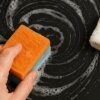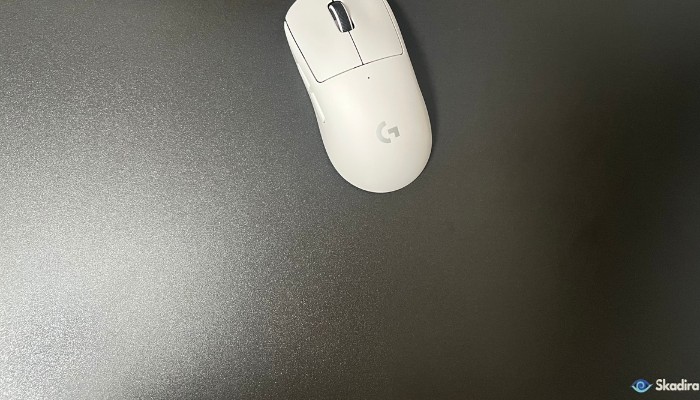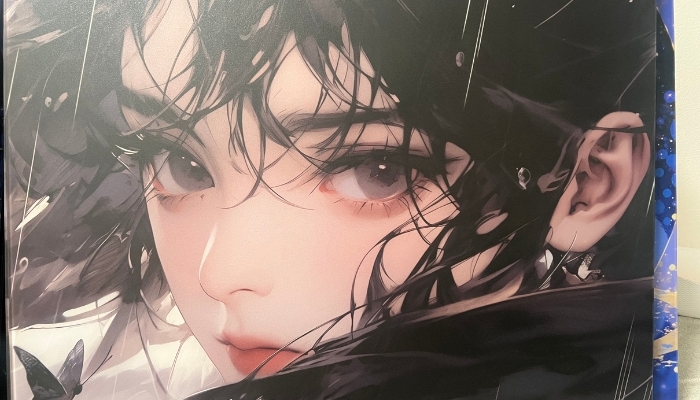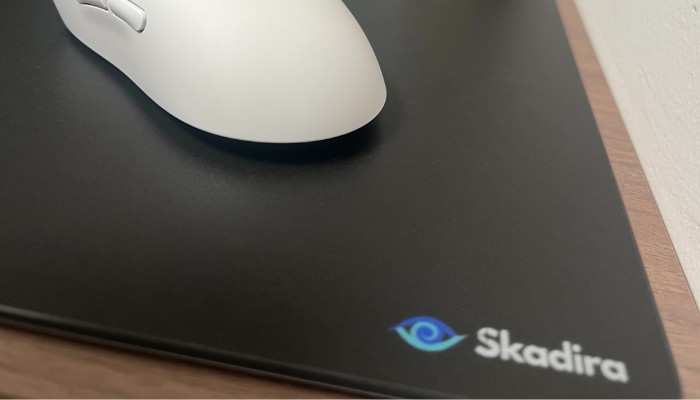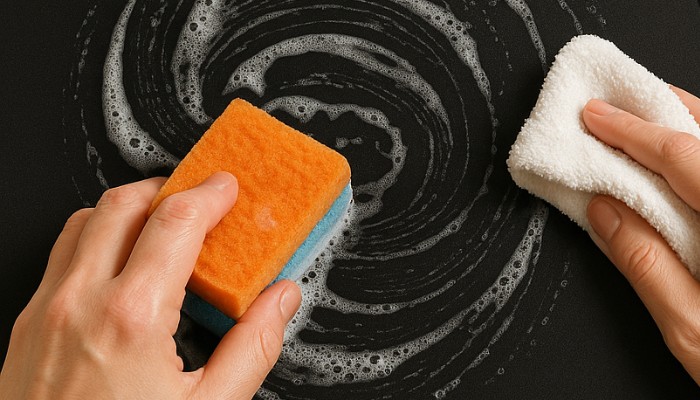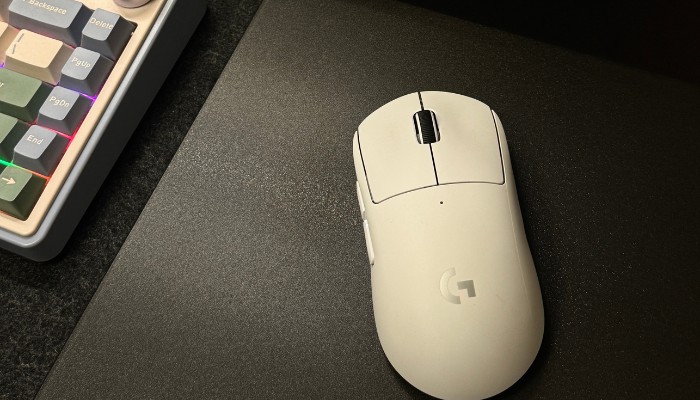No products in the cart.
As the weather gradually heats up, I’ve noticed that the buzz around glass mouse pads is starting to rise too. There’s something intriguing about this shift—glass, a material we see everywhere in daily life, is now making waves in the gaming world. Whenever glass mouse pads come up, I can’t help but wonder, and I bet many of you do too: Can they truly replace the trusty cloth pads we’ve relied on for so long? This question feels especially pressing in the esports scene, where players like me—and maybe you—demand gear that not only looks sharp but also performs flawlessly under pressure. So, come along with me as we dive into the differences between glass mouse pads and cloth pads, exploring what sets them apart and why it matters.
First, let’s unpack why glass mouse pads are heating up (pun intended) as the temperatures climb. I’ve found that in warmer weather, cloth pads can start to feel a bit sticky or even trap heat against my hand—not exactly ideal during a long gaming session. Glass pads, on the other hand, stay cool to the touch and offer a slick, smooth surface that feels refreshing, especially when the summer humidity kicks in. It’s no surprise to me that this perk is turning heads and sparking conversations.
But here’s where I pause and think: Is that enough to dethrone cloth pads? In esports, where every flick of the wrist and every pixel of precision counts, I know firsthand how much we rely on our equipment. Cloth pads have been my go-to for years, offering that familiar grip and control I’ve come to trust. Yet, glass pads are stepping into the ring with promises of lightning-fast glides and a sleek, modern vibe that’s hard to ignore. It’s a tough call, and I’m curious to see how they stack up.
That’s why I’m excited to explore this with you. Together, we’ll dig into what makes glass and cloth mouse pads tick—from how they feel under my mouse to how they hold up in the heat of competition. Whether you’re a casual player or an esports diehard like me, there’s something here worth uncovering. Let’s get started!

1. Price & Durability
When I first saw the price tags, I hesitated. Esports-grade glass mouse pads range from $70 to $100, compared to $30-$50 for cloth pads. While the upfront cost seems steep, a closer look reveals glass pads are actually a smart long-term investment.
From experience and data, glass mouse pads can easily last over three years, with a durable, wear-resistant surface. Cloth pads typically wear out in 6-12 months. Let’s break down the three-year costs:
- A cloth pad ($40) would require 4 replacements, totaling $160
- A glass pad ($70) needs just one purchase
This means saving at least $50 and avoiding frequent replacements.
Glass mouse pads shine beyond price:
- Scratch-resistant and maintains shape
- Incredibly easy to clean – just a quick wipe
- Consistent performance critical for gaming and work precision
Weighing cost, durability, cleanability, and consistency, I’d rate glass mouse pads 4/5 and cloth pads 3/5. The initial investment is higher, but the long-term benefits are undeniable.
Glass mouse pad: ★★★★☆
Cloth pad: ★★★☆☆
2. Gaming Performance: Glass vs. Cloth Mouse Pad
When it comes to gaming, your mouse pad can make or break your experience. I wanted to see how glass and cloth mouse pads compare, so I tested them across four games I love: Apex Legends, Dota 2, CS:GO, and Marvel Rivals. These titles span fast-paced shooters to strategy-focused MOBAs, giving me a broad view of performance. I spent a month with each pad, and after some hands-on time, I’ve landed on a clear favorite: the glass mouse pad. Let me break it down.
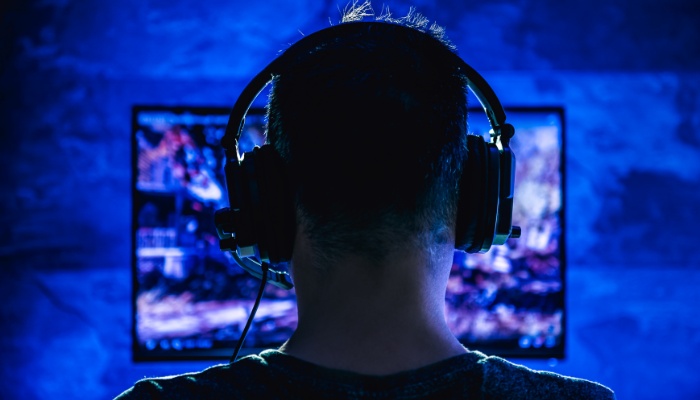
Adjusting to the Glass Pad
Right off the bat, the glass pad threw me off. It was fast—almost too fast—like my mouse was gliding on ice. At first, I doubted it could work for gaming; it felt hard to control. But I gave it time, and after about a week, I adapted. Once I did, it started to feel natural, and that’s when I noticed its strengths.
Hight TTK Games: Speed and Agility
In games with highter time-to-kill (TTK) like Apex Legends and Marvel Rivals, the glass pad was a game-changer. Its speed made my movements feel smoother and more responsive. Whether I was flicking to lock onto a target or tracking an enemy’s erratic dodges, it felt effortless—something I struggled with a bit on cloth. In Apex, I pulled off some wild plays that left me amazed at my own skill. The glass pad didn’t just keep up; it pushed me to play better, raising my skill ceiling in these high-energy shooters.
Precision Games: Finding the Balance
For a game like CS:GO, where precision is everything, I was skeptical. The glass pad’s slickness made me overshoot my aim at first, which was frustrating. But Skadira pad is designed with a balance of speed and control in mind. I adjusted my setup—800 DPI and 0.8 sensitivity—and after some practice, it clicked. It matched my cloth pad’s performance, and I even ranked up to Master Guardian Elite during the test. Sure, I occasionally missed the cloth’s extra grip for sudden stops, but the glass pad proved it could handle precision just fine.
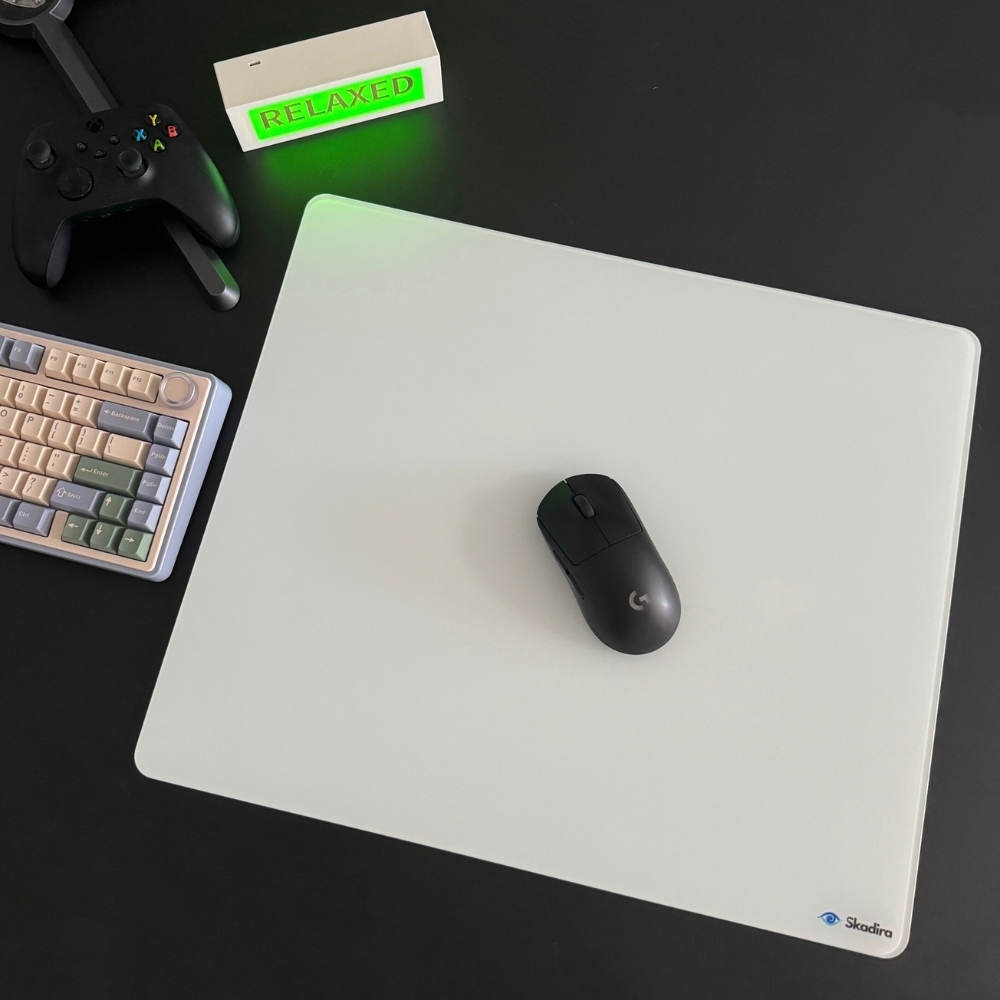
Strategy Games: A Subtle Boost
In Dota 2, a strategy-heavy game, the difference wasn’t huge. Both pads worked well since it’s less about reflexes and more about planning. Still, in tense moments—like rapid skill casts or camera pans—the glass pad’s smoothness gave me a small but noticeable edge. It wasn’t a dealbreaker, but it added a layer of consistency I appreciated.
My Opinion
After a month of testing, I’m sold on the glass mouse pad. It’s now my go-to for gaming, and I don’t plan on switching back to cloth. The performance boost, the smooth feel, and the confidence it gives me are hard to beat. Yes, there’s a learning curve, but once you get past it, the rewards are undeniable. If you’re willing to adapt, a glass pad might just elevate your game too. For me, it’s glass all the way.
Final Score:
Glass mouse pad(Skadira): ★★★★★
Cloth pad: ★★★★☆
The Downsides of Glass and Cloth Mouse Pads—Can You Accept Them?
When it comes to mouse pads, there’s no one-size-fits-all solution. Whether it’s a glass or cloth pad, the best one for you is the one that fits your needs. Once you know their downsides, if you can still accept them, don’t hesitate—go for it! Let me walk you through the flaws of both options from my perspective, so you can decide what you’re willing to live with.
Cloth Mouse Pads: The Struggles of Maintenance and Longevity
I think we all know the headaches that come with cloth pads. First off, keeping them consistent is a real challenge. After some use, the surface starts getting dirty and grimy. If you’re like me and accidentally spill a drink or drop some crumbs on it, it’s basically toast. The fabric texture is a nightmare to clean—scrubbing it feels like a losing battle, and even if you manage to wash it, it never regains that silky-smooth feel it had out of the box. It’s frustrating to see something you rely on degrade so quickly.
The second issue is deformation. Cloth pads are soft, which sounds nice until you realize how easily they get messed up. If something heavy—like a monitor or a stack of books—sits on it for too long, it leaves dents or “pits” in the surface. I’ve had this happen before, and let me tell you, those uneven spots throw off your mouse control. Once that happens, there’s no going back to how it was.
Glass Mouse Pads: The Trade-Offs of Speed and Compatibility
Glass pads come with their own set of quirks. The first thing I noticed is that mouse feet wear out faster. The hard surface creates more friction on those little PTFE skates, so they grind down quicker than they would on cloth. Thankfully, replacement feet—like the dotted PTFE ones—are pretty cheap, so it’s not a dealbreaker, but it’s something I have to keep an eye on. Another downside is the noise. Sliding your mouse across glass can be louder than on cloth, especially in a quiet space. That said, when we designed the Skadira glass pad, we worked hard to address this. Our final surface cuts mouse feet wear by 30% and reduces sliding noise by 20% compared to earlier versions. It’s still not whisper-quiet, but it’s a big improvement.
The second drawback is portability and compatibility. Glass pads are heavier and bulkier, so they’re not the easiest to carry around if you’re heading to a friend’s place or a gaming event. Plus, some older mouse sensors might not play nice with glass surfaces. I’ve only seen this once with a really old mouse I had lying around, but it’s rare with modern gear. Still, it’s worth double-checking if you’re using something outdated.
Can You Live With These Flaws?
So, there you have it—the downsides laid bare. Cloth pads are a pain to maintain and lose their shape too easily, while glass pads demand a bit more upkeep with mouse feet and aren’t as portable. For me, I’d rather swap out mouse feet every now and then and deal with a little extra noise than wrestle with a grimy, dented cloth pad. But it’s all about what you can handle. If these flaws don’t faze you, then pick the one that suits your vibe—your perfect mouse pad is waiting!
Final Score:
Glass mouse pad(Skadira): ★★★★☆
Cloth pad: ★★★☆☆
Conclusion
In the end, the glass mouse pad came out on top with a solid 13 out of 15 points, while the cloth pad scored a respectable 10 out of 15. Now, this is just my personal opinion, but I genuinely believe glass mouse pads are about to take the gaming world by storm. They’re sleek, super durable, and once you get the hang of them, they feel like a total game-changer.
At Skadira, we’re passionate about gaming and dead-set on bringing you the best mouse pads out there. It’s our mission to level up your setup! I’m really excited to dive deeper soon with some detailed reviews, pitting Skadira’s pads against other big-name brands. I think you’ll be impressed with Skadira glass mouse pad. Thanks for reading—I’d love to hear your thoughts!
